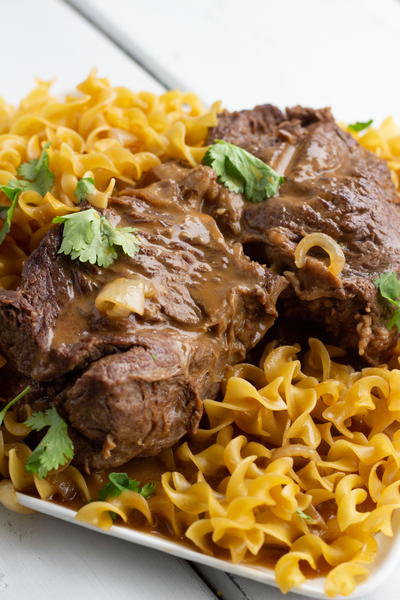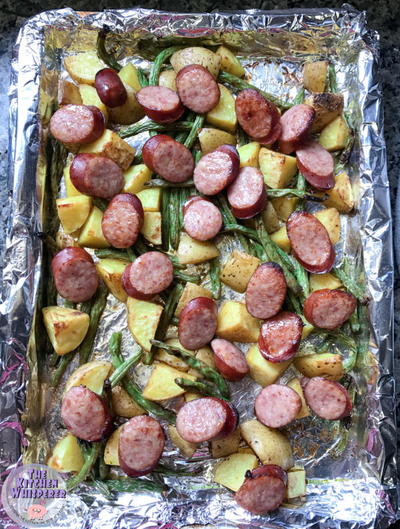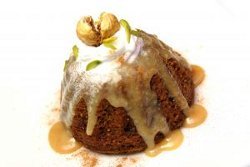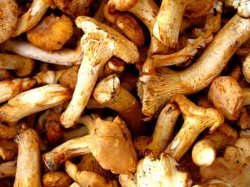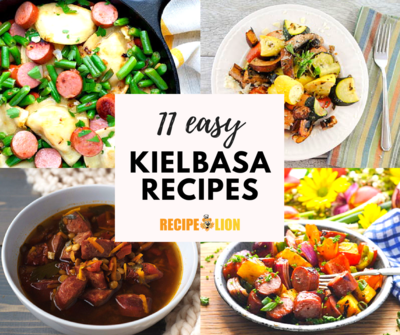Pascha
Ingredients
- 2 large whole eggs
- 1 large egg yolk
- 3/4 cup sugar
- 3/4 cup heavy cream
- 1-1/2 sticks (3/4 cup) unsalted butter, softened
- 2 lbs. packaged farmer cheese
- 2 teaspoons vanilla
- 2 teaspoons freshly-grated orange zest
- 1/3 cup finely-chopped almonds
- 1/4 cup dried currants
- finely-diced glaceed cherries for decoration
- angelica for decoration
- kulich for an accompaniment
Instructions
(Russian Easter Cheese Mold). Beat the whole eggs and the yolk together with the sugar in a bowl with an electric mixer until the mixture is thick and pale yellow. Add the cream, scalded, in a thin stream, beating constantly as you add it, and transfer the custard to a heavy saucepan. Cook the custard over moderately low heat, stirring constantly, until it's thickened (175 degrees or so on a candy thermometer), BUT DO NOT LET IT BOIL! Strain the custard through a fine sieve into a metal bowl set in a larger bowl of ice and cold water, and let it cool down stirring occasionally. While the custard is cooling, in another bowl with the electric mixer cream the butter, add the cheese gradually, beating all the while, and beat the mixture at moderate speeds for five minutes. Beat in the custard, the vanilla, the orange zest, the almonds and 1/4 cup of the currants. Line a 7- to 8-cup new clay flowerpot with a double layer of rinsed and squeezed cheesecloth, and add the cheese mixture, packing it tightly and smoothing the top level. Fold the ends of the cheesecloth over the top. Put the flowerpot into a small bowl, and weight the top of the cheese mixture with a four-pound weight that just fits inside the pot (you can get a small plate and put another coffee-can filled with water on top of the plate to make the weight). Chill the PASCHA for at least 12 hours or overnight. Note: You may substitute for the farmer's cheese, small curd cottage cheese, ricotta, or similar cheese), drained between several layers of paper towels for half an hour (or left to hang in a well-washed muslin pillowcase over night and drain into the sink), and forced through a sieve.



